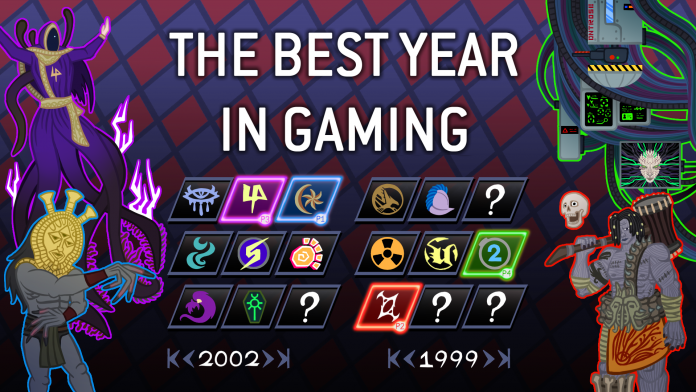Last year’s stacked lineup of games for the Game Awards had us thinking: What was the best year in gaming? As part of our series on determining gaming’s best year, we’re putting together an article on each year, charting the major releases and developments of the year, and talking about both their impact and what made them great.
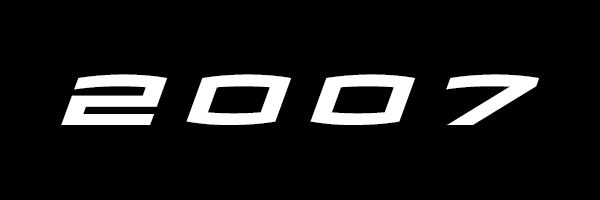
The Year: 2007
With the Nintendo Wii and PlayStation 3 launching late the year prior, 2007 is our first full year of the seventh generation of game consoles and really kicks off an era which will answer the question: “Can the market actually support three game consoles?”
It’s a question worth asking – in the fourth generation, the PlayStation emerged as the clear victory while the Saturn won out in Japan and the Nintendo 64 won out in the United States, but neither put up the kind of performance they were hoping for from companies which dominated the late eighties and early nineties. The Dreamcast was utterly crushed by the PlayStation 2 and the fledgling Xbox beat out the Nintendo Gamecube, suggesting that the market might struggle to support more than two consoles. By the time the fifth generation ended, gamers had begun to openly wonder if Nintendo might follow Sega’s route and leave (non-handheld) console manufacturing behind.
The Nintendo Wii largely sidestepped this problem, and it did so in one important way: By growing the gaming audience and expanding the market to make being the third console viable. While the Xbox 360 and PlayStation 3 fought over graphics, resolutions, framerate, and ports, the Nintendo Wii with its $200 price tag and motion controls appealed to an entirely new audience, bringing in a much more casual, family-focused group of older gamers and consumers who hadn’t purchased a console before. Suddenly it was trendy for your company to own a Nintendo Wii so you could pretend like you were going to play Wii Sports on your lunch break. Through 2010 the Wii regularly shipped more units than either the Xbox 360 and PlayStation, only being beat in late 2011 by the Xbox 360.
This new audience would be a blessing and a curse for Nintendo: On the one hand they’d lead to massive sales for the Wii but on the other these were not gamers in the traditional sense, and so weren’t all that interested in buying games. They’d think of the Wii more like you’d think of a board game, as a single thing you break out from time to time for fun and not something you’d continually buy new games for – something which wasn’t helped by third-party devs throwing out tons of lazy shovelware for it using the motion controls in bad ways. This would lead to lower attach rates for the console (especially if you take the pack-in titles Wii Sports and Wii Play out of the calculations, which frustratingly few news outlets did) – once again, players were mostly buying first-party titles. This would become a problem for Nintendo in a few years, but in 2007, they were absolutely dominating the market when it came to selling their console and building an install base.
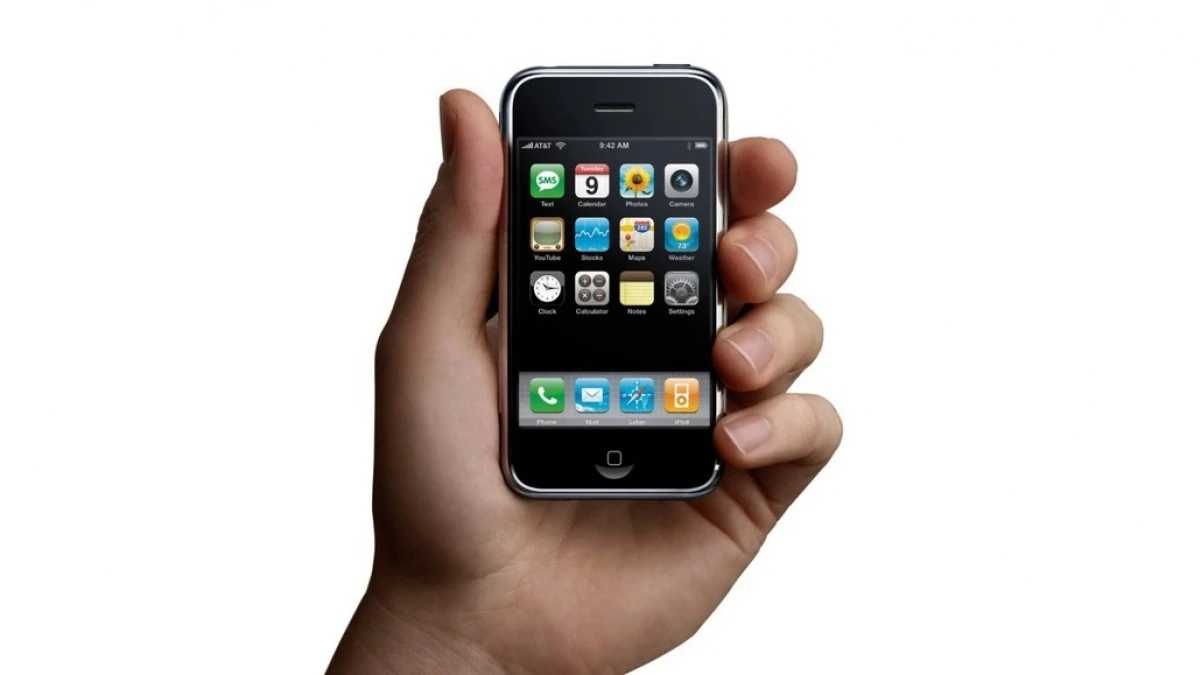
Apple Launches the iPhone
The biggest innovator/disruptor in the gaming space in 2007 wasn’t one of the console manufacturers but Apple. At Macworld 2007 Steve Jobs announced the first iPhone, a touchscreen smartphone that could support third-party applications and access the internet. The iPhone wasn’t necessarily meant to be a gaming platform, but it would soon become one as developers started to better understand how big the platform would become and how to make games for it. Sega was one of the first traditional devs to kick things off for the platform, launching a port of Sonic the Hedgehog for iOS in December, 2007.
Apple would ship 1.4 million iPhones by the end of 2007, and at the time those were limited to AT&T’s network through an exclusive deal with Apple. A slow start compared to the Nintendo DS but in 2013 Apple would sell as many iPhones in a single year – 150 million – as the Nintendo DS, the best-selling handheld of all time – sold in its entire lifespan. Motorola and Google would soon follow suit and between Apple’s iOS and Google’s Android, mobile phones would change gaming forever, and in ways none of the console manufacturers saw coming.
Music Games Hit it Big
Guitar Hero had already made a pretty big splash with its custom controller in 2005 but the game’s cultural moment didn’t hit until 2007 when music games really hit their peak with the release of Rock Band. Rather than just have a guitar controller, Rock Band added drums, a microphone, and a bass guitar, really letting a group of friends live out their karaoke fantasies. Guitar Hero III: Legends of Rock would release that same year, followed by their own version of the full band game with Guitar Hero: World Tour in 2008. Rock Band and Guitar Hero were so big at the time that songs featured on their soundtracks ended up making their way back onto streaming charts and reintroducing them to modern popular culture.
The Red Ring of Death
The Xbox 360 had a year head start and a $100 cheaper price tag on the PlayStation 3 but hardware issues killed much of the console’s momentum in 2007. Hardware flaws with the Xbox 360 GPU flip chip package were leading to overheating that caused a condition known as “the Red Ring of Death (RRoD).” Microsoft was initially mum on these rumors, brushing them off as “within standard hardware failure rates of 3-5%” but later tests would find failure rates as high as 17% or one in six. By 2007 Microsoft had begun a program to repair and replace RRoD consoles and made adjustments to the Xbox 360 hardware leading to a drop in failure rates in 2008 and 2009 and removal completely with the Xbox 360 slim model.
The plague of hardware issues dampened sales for the Xbox 360 at a time when they should have been cruising into first place and while the console would still eventually outsell the PlayStation 3, Microsoft’s victory was at best bittersweet.

Halo 3
It was finally time to finish the fight (well, sort of). The most anticipated game of the year, Halo 3 launched in September 2007 and absolutely crushed it in sales, becoming the third best selling game of the year behind Wii Sports (a pack-in title) and Pokemon Diamond/Pearl. In many ways Halo 3 closes out a trilogy for the series, giving us the final battle between mankind, the Covenant, and the Flood. The game was bigger and better than the two games before it, with a more satisfying ending and stellar multiplayer with some great maps. Halo 3 is an all-timer and there are plenty of players who insist that the series should have ended there. They’re wrong, but it wouldn’t have been terrible if it had.

Mass Effect
Microsoft pulled a hell of a 1-2 punch for the Xbox 360 in 2007, with Mass Effect dropping as a timed exclusive for the Xbox 360 in fall 2007, nearly a year before its PC release. Perhaps BioWare’s most famous RPG franchise, Mass Effect introduced us to Commander Shepherd and a galaxy full of incredibly interesting alien races and moral dilemmas, forcing us to make interesting choices as we learn about the looming threat of the reapers and try to spur the galaxy’s squabbling races to take action. The game was a critical success and sold pretty well. It’d be an all-timer if not for its sequel being just a far superior game, though the first entry still has its shooters – people who prefer the heavier text and more traditional RPG elements of the first game over the streamlined combat of later installments.
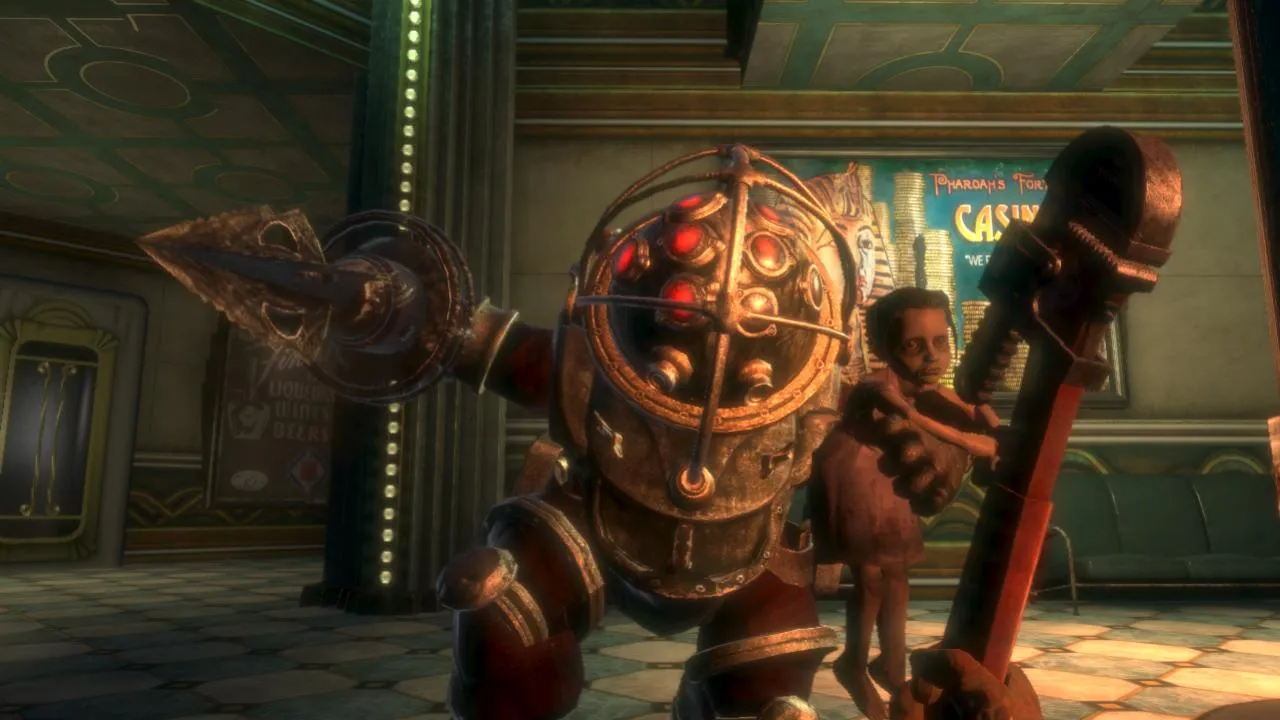
BioShock
The third pillar for the Xbox 360 in 2007 was 2K Boston’s spiritual successor to System Shock, the undersea horror FPS set in the Ayn Randian-inspired city of Rapture. The game oozes atmosphere (and leaks water) out of every corner and offers some outstanding gameplay and set pieces. Few games have had the kind of lasting cultural impact of Bioshock, which combined evocative visuals with smart writing and interesting first person shooter gameplay to create a memorable experience. It’s an all-timer and its sequels are both notable games in their own right.
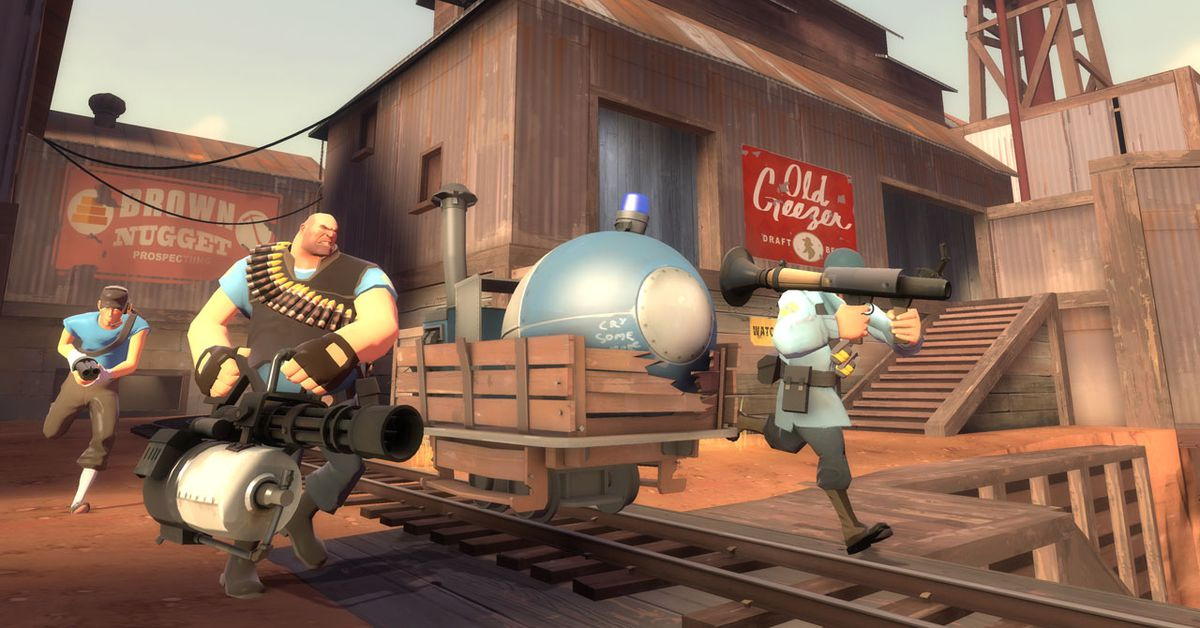
Team Fortress 2
One of the greatest multiplayer FPSes ever made, Team Fortress 2 took one look at the original game with its grounded, realistic classes and gameplay and said “nah.” What we got instead was an madcap, colorful, 60s retro-futuristic shooter about teams of 9 mercenary psychopaths attempting to steal briefcases from each other. The game’s classes are wonderfully balanced and well designed, the writing and voice acting are hilarious, and the game’s faux-1960s visual style is just perfect for nailing the tone of the game.
Team Fortress 2 was an absolute triumph of gameplay, balance, and art direction and in concert with Steam would end up pioneering quite a few of the uh, less wonderful things about modern games, such as microtransactions and free-to-play gaming. Still, the game is a blast and the lore around it – with comics illustrated by Michael Avon Oeming – are every bit as wonderful as the game.

Half-Life 2 Episode 2
The closest thing we’d ever get to Half-Life 3, HL2E2 is the frustrating open-ended coda to the Half-Life series as Valve just seems completely uninterested in making a third game. It’s a solid game in its own right however, offering more open world gameplay than episode 1 or the main game. It’s a solid addition which sets up a sequel we never got.

Portal
The final game in Valve’s wonderful Orange Box trilogy in 2007, very few games are as instantly memorable and gripping as Portal, a puzzle FPS about a portable portal gun. The game is just full of incredibly ingenious puzzles, a gripping story with an all-timer villain, and wonderful little bits of humor. Portal is an all-timer, and the incredible amount of work Valve put into testing and refining the game play and level progression shows.

Metroid Prime 3
The final game in Retro Studios’ trilogy, Metroid Prime 3 takes Samus on a multi-planet adventure It’s not quite as tight as the prior two entries and the motion controls feel a bit shoehorned in, but it’s still a solid game and worth playing the remake.

Pandemic
One of the most original board games of all time, Pandemic is a cooperative board game where players play CDC agents trying to move around the world as they attempt to cure and stop the spread of a global pandemic before tensions boil over and millions die. Even after COVID it’s still fun to sit down and play and its expansions add a lot of great mechanics and additional challenge.

God of War 2
The PlayStation 2 still had some fight in it, and God of War 2 shows that off. One of the best games ever made and the best of the original God of War trilogy, GoW2 follows Kratos after his ascension to godhood at the end of the first game. It’s brutal and dark and edgy in a very mid-2000s way but it’s still got some amazing setpieces, wonderful graphics for the PS2, and stellar gameplay that rewards system mastery. God of War 2 has one of the strongest introductory levels in video game history, having you literally take down the Colossus of Rhodes as part of the Spartan attack on the city. It also has one of the coolest boss battles of all time as you take on one of the three fates in your own past, revisiting the first game’s boss fight. God of War 2 is just a fantastic game and few games rival it in terms of spectacle and sheer “holy shit” moments.
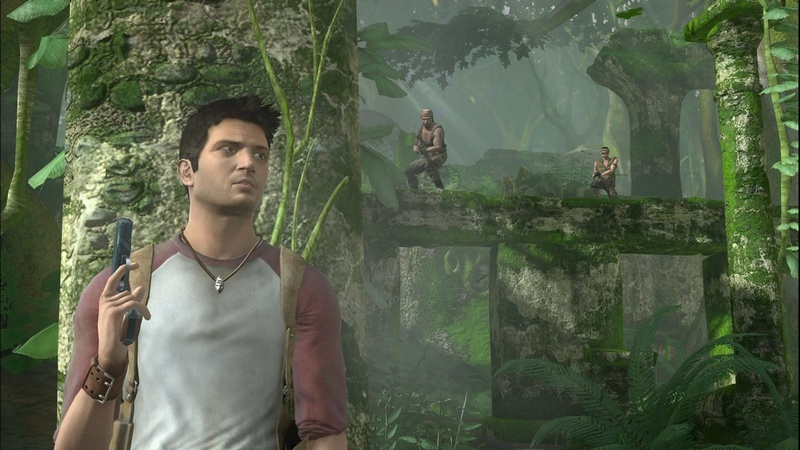
Uncharted
Although probably the worst game in the series, the original Uncharted introduced us to explorer Nathan Drake on a mission to find Sir Francis Drake’s lost treasure. The game is a lush action puzzle platformer that tells an interesting story. It’s good fun but it’s more notable for setting up its stellar sequels.
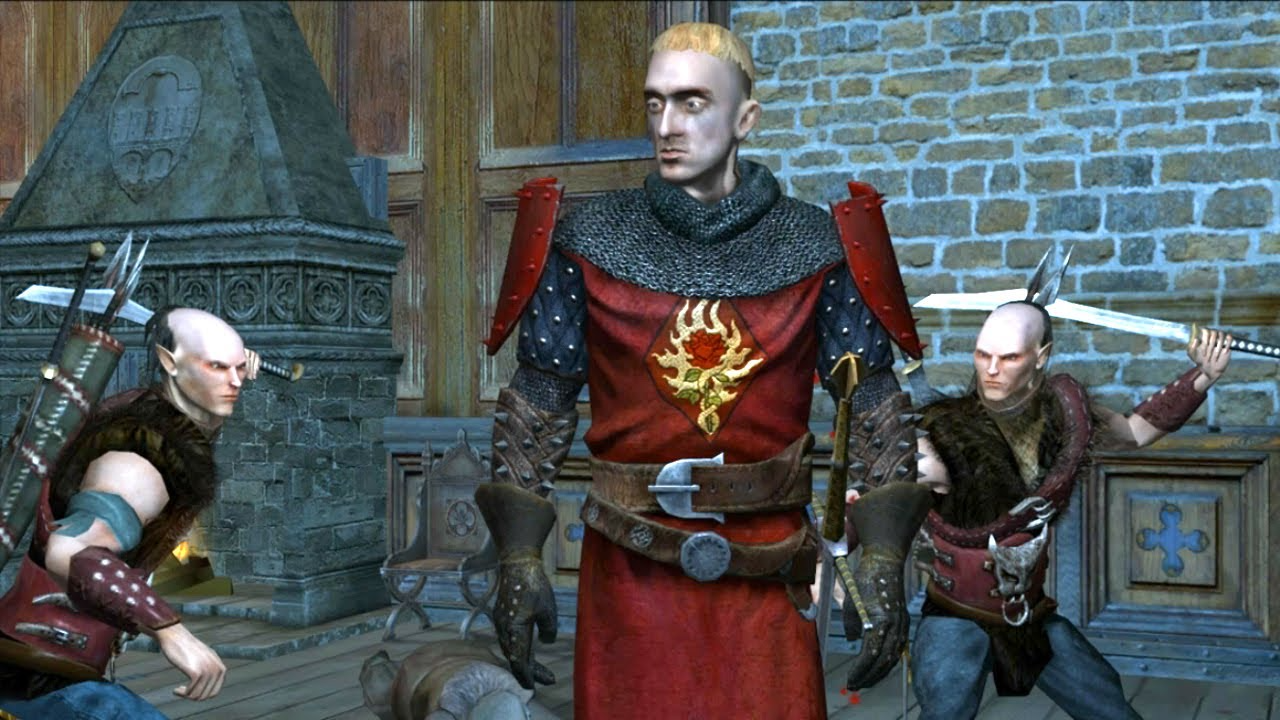
The Witcher
Another game more notable for its sequels, The Witcher released for PC in 2007, introducing us to Geralt and his weird, monster-infested world. The original game is pretty rough and more than a little complicated, but there’s some great worldbuilding and solid ideas in there.
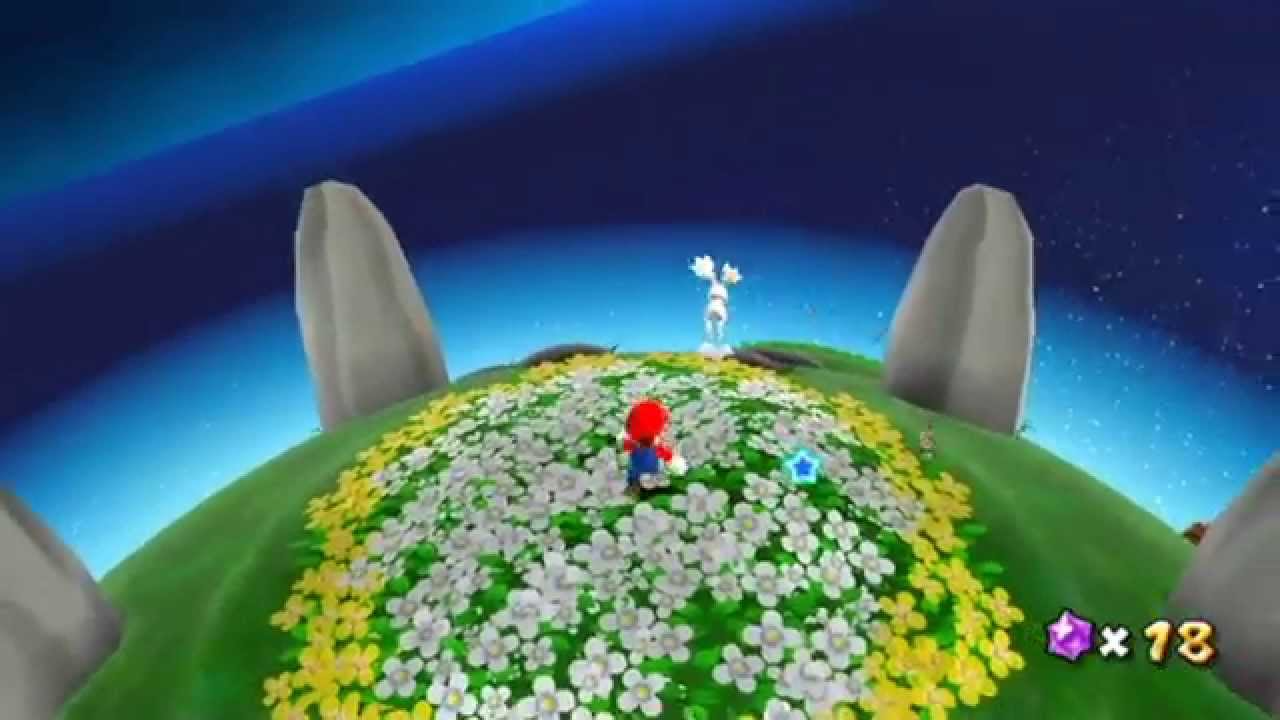
Super Mario Galaxy
The best game for the Nintendo Wii in 2007 was Super Mario Galaxy, a game which took Mario’s adventures to space. It’s an incredibly tight 3D platformer with a wonderful soundtrack, great scale, and for the most part doesn’t overdo it on the motion controls (though some of those race levels are pretty groanworthy). It’s among the best Mario games and has held up wonderfully over the years. It’s even better with the motion controls removed.
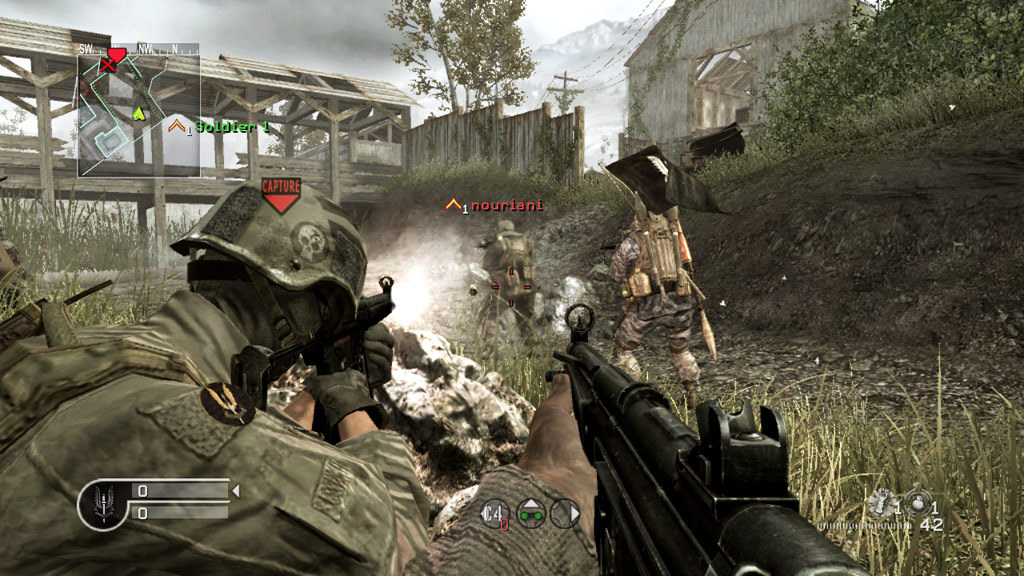
Call of Duty 4: Modern Warfare
Infinity Ward’s Call of Duty 4 changed the face of gaming. Previously the series had been set during World War II; for CoD 4 they set the game in modern times, having players fighting in a conflict in the Middle East after a second Russian Civil War breaks out. Call of Duty 4 absolutely crushed sales and it would end up outselling Halo 3 heading into 2008. The insane sales CoD 4 did set off a trend of modern era FPSes featuring the US military and the Call of Duty franchise would become one of the biggest and most important in gaming, expanding to include multiple conflicts and game types. Since 2005 a year hasn’t gone by without a Call of Duty release of some kind.
Why It Was the Best Year in Gaming
2007 is a surprisingly strong year for games, mostly on the back of the Xbox 360 crushing it with three amazing games and Valve dropping two more in the form of Team Fortress 2 and Portal. Call of Duty 4: Modern Warfare is also a pretty good game and was revelatory at the time, if you can believe it. And God of War 2, The Witcher, Super Mario Galaxy, and Uncharted are all noteworthy games.
2007 also has a solid claim when it comes to the tabletop – Pandemic is amazing, but Agricola, Bang! The Bullet, Bendomino, Last Night on Earth, Qwirkle, Race for the Galaxy, and Brass are all solid board game entries. And 2007’s Spiel des Jahres winner Zooloretto is also a great game in its own right. If 2007 isn’t a top seed in our competition, it’s at least able to angle for a spot in the top 15 or so.
This article is part of a larger series on the best year in gaming. For more years, click this link. Have any questions or feedback? Drop us a note in the comments below or email us at contact@goonhammer.com.
